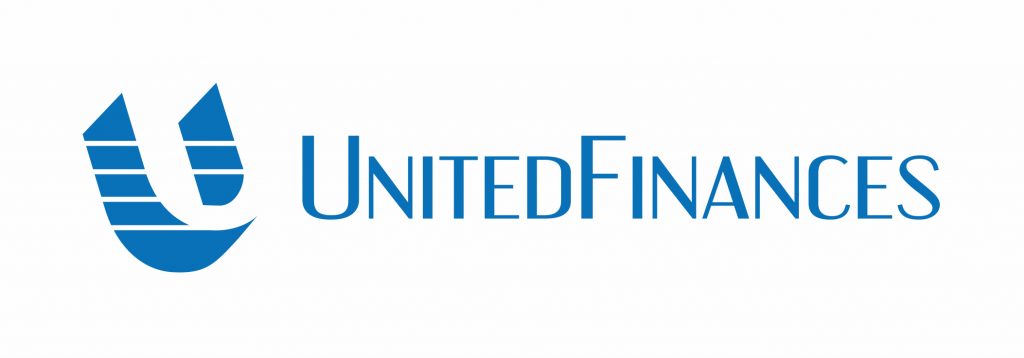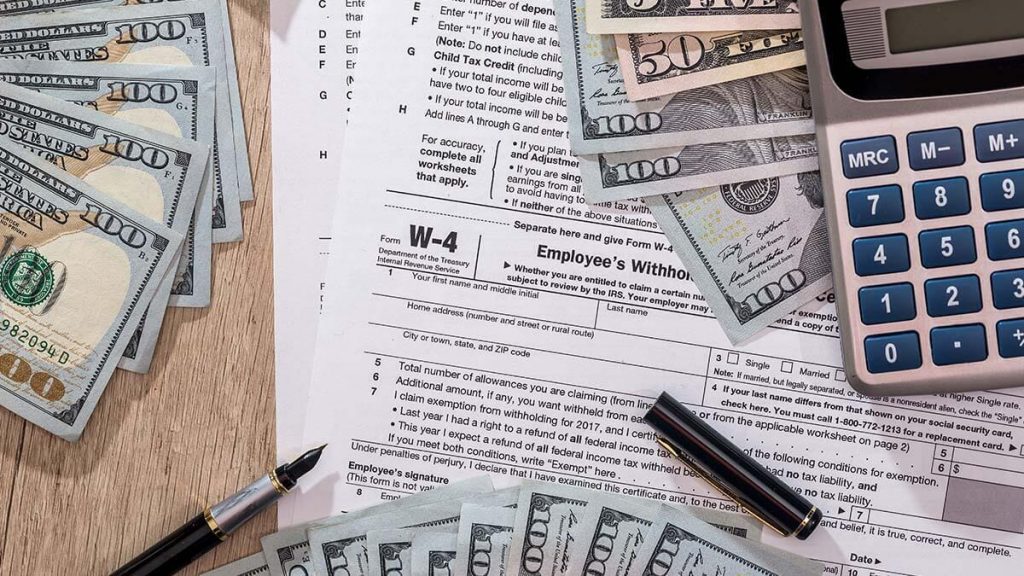Foreign exchange trading serves as the fundamental power behind every worldwide financial operation. The currency conversion system managed by foreign exchange enables businesses financial institutions and people to replace their faith-based currencies for commercial transactions financial deals and investment trading. The operational evolution of the American foreign exchange market continued to evolve through changes in policies as well as technological developments coupled with changing trader behaviors. Market traders need to adjust their practices because regulatory changes and market technological advances are prevalent factors in the industry.
The article explores modern US Forex market tendencies through an examination of regulatory factors in addition to technological factors and market forecasts for forthcoming trends.
The Growth of the US Forex Market
During the last twenty years, the US Forex market has registered continuous market expansion. Daily Forex markets process more than $7.5 trillion trading volume which establishes it as the biggest market type with maximum liquidity. The global reserve currency status belongs to the US dollar which serves as the main currency in worldwide foreign currency swaps. The FX trading volumes mostly derive from exchanges between the three primary currencies such as EUR/USD USD/JPY and GBP/USD.
The expansion of the US Forex market continues to grow because of many supporting elements. Better online trading accessibility and decreased expenses coupled with improved financial knowledge abilities have caused the public interest in Forex trading to grow. Warehouses maintain their market activity support through both hedge funds and institutional investors as well as institutional investors.
The Role of Regulation in the US Forex Market
From the time when the US Forex market started operations, it has followed regulations to govern its industrial conditions. The CFTC along with NFA monitor the Forex trading markets to protect retail investors from unethical practices and market manipulation frauds.
In 2010 the Dodd-Frank Act set off a series of major regulatory changes that affected standards of operation. The Dodd-Frank Act introduced leverage maximums where major currency pairs were limited to 50:1 and minor pairs received restrictions at 20:1. A combination of new trading restrictions established to protect traders from major losses made profits unattainable for several retail traders.
The regulatory agencies have significantly increased their focus on transparency from brokers together with cyber security standards throughout the past few years. All Forex brokers providing services to US customers must show financial records to the National Futures Association and follow institutional reporting requirements that this organization maintains. The regulatory application process enables traders to find suitable brokers holding adequate capital which helps traders reduce their vulnerability to financial losses stemming from market instability and fraudulent activities.
The Impact of Technology on Forex Trading
Technology developments control the way market participant’s trade and how their systems connect in the Forex marketplace. Forex trading opportunities became available through electronic trading platforms to reach more individuals outside established restrictions. The market enables traders to execute fast deals while they monitor current data using programmed systems for making profitable transactions.
The market received a transformative advancement through artificial intelligence (AI) and machine learning tools while developing Forex trading. Trading bots managed by AI systems enable multiple traders to perform market analysis and accomplish automatic trades through predefined instructions. The available trading tools assist traders in achieving high production efficacy by controlling emotional responses and automatically detecting trading chances.
The growth of foreign exchange was brought about by mobile trading applications that platforms made available to market participants. Traders through trading applications obtain fundamental features and charting systems that let them monitor markets while operating trades from any location. Young traders can join the market through mobile investment platforms that operate via their portable devices.
The Influence of Economic Factors on Forex Trading
The United States economy positions itself as the global top holder which allows the dollar to determine every international currency trade. The value of Forex currencies fluctuates using inflation rates along with Federal Reserve rate adjustments correlated to employment data and GDP statistics.
The specific role of interest rates within Forex trading events determines what outcomes will occur. Federal Reserve interest rate rises elevate the US dollar’s investment value because it represents a better financial opportunity for international market participants. The market environment leads to dollar depreciation because central banks lower interest rates but investors choose destinations with better interest rates.
Global Exchange markets produce price modifications in response to all worldwide geopolitical occurrences. Exchange rates in markets become highly volatile because environmental risk factors generate conflicts between trading nations as well as international political turmoil and economic emergencies. For Forex trading success requires correct economic analysis and monitoring of significant global happenings.
Residing American citizens are developing an increasing interest in Forex trading
Given technological innovations and enhanced educational resources more retail trading customers began entering the Forex market. Different trading capabilities exist in online brokerage accounts that serve both beginner and advanced clients with basic and advanced account options.
U.S. residents have the opportunity to open a trading account at spreads-friendly brokerages which offer advanced trading resources while also providing educational materials. Demo trading accounts maintain their status as brokers’ basic customer service since they let users master their abilities without risking their funds. Before performing actual market deals investors use educational sources to develop their skills through trading educational sources.
In recent times, social trading applications have become very popular amongst people in general. People
By using social trading systems, people who have been lagging in their financial growth can see the growth as these help them to adopt the same expert trading practices used by professionals. They emulate expert deals as they participate in simplified parts of trading markets
Successfully Navigating the US Forex Market Requires These Key Strategies
To be successful in the US Forex market, discipline is a strict requirement. The success of traders in this business requires they take on a structured style which is constructed on these foundations:
Risk Management
At every stage of Forex trading, risk management is a very important strategy. Traders should set up automated stop-loss measures and keep in mind leverage ratios that are not very high. The presence of a well-planned financial risk management strategy allows the traders to adjust their operations as they adapt to different market conditions and in the process, survive the operations. Successfully managing risk allows traders to prevent the depletion of the capital and avoid the crash of the Forex market.
Fundamental and Technical Analysis
Economic indicator analysis and understanding of interest rates, in addition to geopolitical trends and price movements, provide traders with an opportunity to secure long-term success. They can make more accurate market predictions and better trading decisions by combining fundamental and technical analysis. On the other hand, this approach improves the performance of the trades and offers an all-around view of market dynamics.
Developing a Trading Plan
This trading plan should include details such as the trader’s entry and exit strategies, risk management rules and choice of market condition. A structured plan works as an emotional control mechanism, which stops the traders from making impulsive decisions and brings instability to their companies. Thus traders need to have a well-defined plan as it helps them to have confidence in being able to navigate the market fluctuations.
Continuous Learning
Being a Forex Trader, it is always good to keep yourself aware of the industry changes. It is very important to keep track of the varying market trends, position of institutions and economic variations that play important roles in making sound trading decisions. Trading online communities, hosting webinars, and keeping a Trader up to date with financial news can boost their execution skills, agility in the market, and ability to avoid losses.
Choosing Reliable Brokers
Hence, it is essential to select a good and reliable broker so that successful trades can be executed. To prevent getting tagged with fraud and running away from the danger of loss of finances, traders need to check that the broker offering NFA-registered trading platforms is certified by the NFA as well as CFTC. Some reliable broker that will guarantee your success in Forex term offers trustworthy trading conditions, order execution and a secured trading environment.
Conclusion
A large and rapidly changing US Forex market which is adjusted according to the times of technology, economic change and regulatory change. The trader’s attentiveness counts as a condition of his success, besides, he has to monitor a trending market. Market analysis, recourse to structured trading strategies and automated tools as well as risk management allow the trader to improve his performance and to make informed decisions. Transparency of transactions, open access and effective operation will be the basis of Forex trading of the future in the USA. But in the long term, Forex trading success is based on the fact that you shouldn’t follow the rules based on personal skills but know what the market rules are.

























